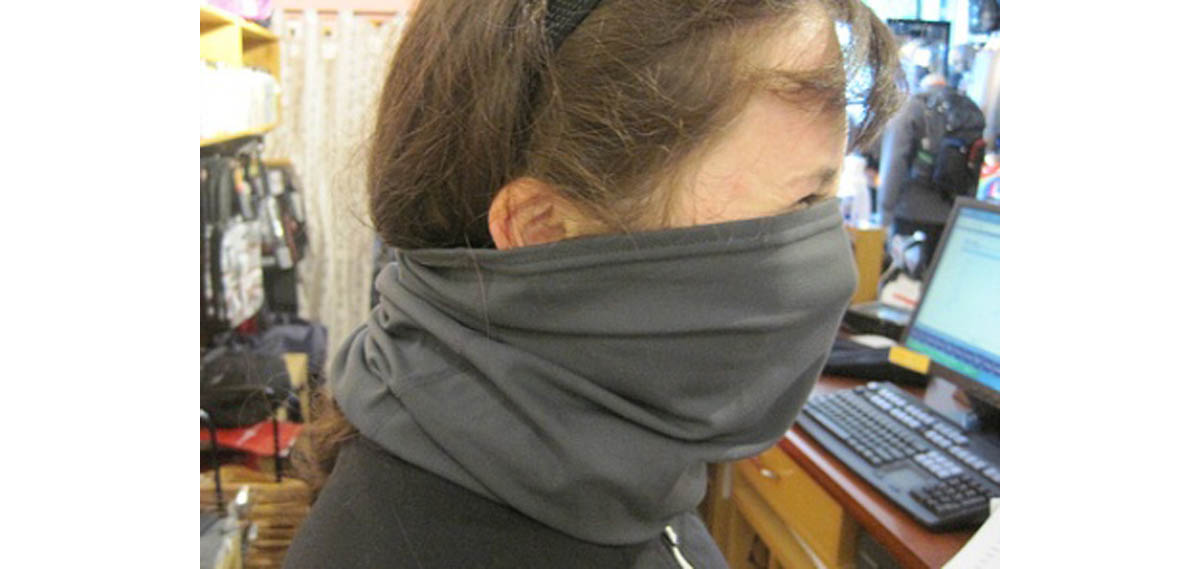Table of Contents
Often avoided by joggers and runners, getting outdoors for a run during the cold winter months is plagued with images of a freezing and uncomfortable workout.
Layer up!
The key to staying warm is the right clothing. Layering up is a valuable skill that winter runners master quickly. Using light layers which are appropriate for the temperatures you'll face is critical to staying warm while running with ease.
Find out what you need to stay warm in any weather
Gauging the number of layers you'll need will depend on your tolerance for the cold and the actual temperatures you'll be hitting out there. Don't forget to factor in windchill as well. At temperatures just below the freezing point, one layer of a long sleeved shirt will do. Keeping the head covered will be essential even at lower temperatures since this is where most of our body heat is lost. Also, most hats will keep your ears covered , protecting them from blowing winds. With a hat on, you'll find less layers are necessary around the trunk.When you get closer to -10 centigrade , consider wearing a wind breaker of sorts to stop the air from reaching through your clothes. The ground will be frozen and you may be dealing with uncertain weather including freezing rain, high and frigid winds, or snow. Your fingers and toes are also more vulnerable to the cold if you're out running for more than 45 minutes , so a pair of gloves will be essential. Many runners even carry an extra spare pair. Even still, many winter runners consider this weather to be an easy run.
Read more: Long Distance Running: The Good and the Bad
Once you get into truly frigid temperatures of -20 centigrade and beyond , its a real skill to master layers and all of the other parts of running. Using several layers around the torso, without letting it get bulky or in the way, plus considering good facial and neck coverage adds up. Many runners focus on keeping the freezing air off the head, neck and chest, using a good quality had, a tube-style neck warmer (you can spin it around when it gets wet and always have a dry spot), and a jacket that leaves no holes for air to get in.
Drink plenty of water
Besides a couple of good quality gloves, give consideration to the water you'll need. Winter runners have to consider where to put the water so it doesn't start to freeze towards the end of the run. Many will fill up a few small ones and keep them close to the body so they stay warm. You'll be able to stay hydrated and warm all at the same time.While you may find winter running to be intimidating, many runners absolutely love pounding the pavement on a cold, snowy, peaceful, winter evening. An exhilarating and unique experience, you may find a spot in your heart to love it too!
- “Winter Running Guide” by Charles Mandel. Published in Canadian Running Magazine, January 1, 2009. Accessed on December 26, 2011. Retrieved from: http://runningmagazine.ca/2009/01/sections/training/winter-running-guide/
- Photo courtesy of kalexanderson on Flickr: www.flickr.com/photos/kalexanderson/5543239074
- Photo courtesy of lululemonathletica on Flickr: www.flickr.com/photos/lululemonathletica/4029610985


Your thoughts on this